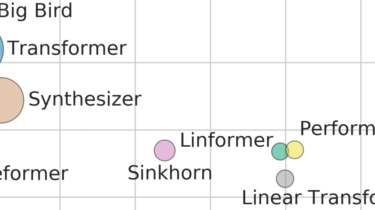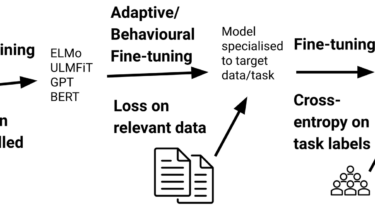10 Tips for Research and a PhD
This advice should be most relevant to people studying machine learning (ML) and natural language processing (NLP) as that is what I did in my PhD. Having said that, this advice is not just limited to PhD students. If you are an independent researcher, want to start a PhD in the future or simply want to learn, then you will find most of this advice applicable. Pick and choose. Everyone is different. You will have the most success if you […]
Read more





